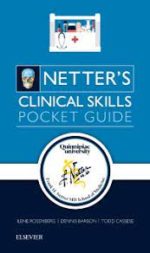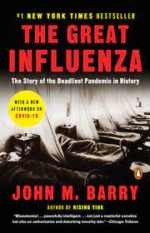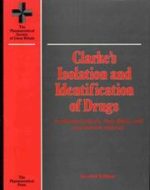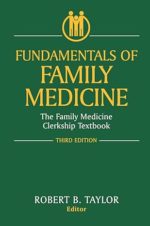-
Muir’s Textbook of Pathology
KSh 3,800.00First published in 1924, Muir’s Textbook of Pathology has set a standard in this subject by linking the scientific aspects that underlie pathological processes, relating these pathological changes specific to the various organ systems, and placing all in context for the student of clinical
medicine and surgery. Subsequent editions have retained this popular approach, while introducing novel concepts and taking into account the evolution in the teaching of general pathology that has occurred.This fully-revised 14th edition will ensure that the title retains its preeminence in the field with a clearly defined and easy-to-follow structure, new photographs and explanatory line diagrams, all in full color, and applicability to both systems-based and problem-based undergraduate courses.
Focusing on core material without neglecting up-to-the-minute detail, this book is a key text for students, but also has significant appeal for pathology residents. -
Netter’s Clinical Skills, 1st Edition
KSh 3,080.00Make the most of every patient encounter – from the clinical interview and history to the physical exam, both in-office and bedside. This discreet quick reference by Ilene L. Rosenberg, MD, FCCP, Todd Cassese, MD, FACP, and Dennis Barbon, RN, helps you achieve consistent and comprehensive results when collecting data and determining your next steps. Carry this thin, fully illustrated checklist in your white coat pocket for the fastest, most efficient way to access essential information you need to know and remember every day.
-
The Great Influenza: The Story of the Deadliest Pandemic in History -Paperback
KSh 650.00Magisterial in its breadth of perspective and depth of research, The Great Influenza provides us with a precise and sobering model as we confront the epidemics looming on our own horizon. As Barry concludes, “The final lesson of 1918, a simple one yet one most difficult to execute, is that…those in authority must retain the public’s trust. The way to do that is to distort nothing, to put the best face on nothing, to try to manipulate no one. Lincoln said that first, and best. A leader must make whatever horror exists concrete. Only then will people be able to break it apart.”
At the height of World War I, history’s most lethal influenza virus erupted in an army camp in Kansas, moved east with American troops, then exploded, killing as many as 100 million people worldwide. It killed more people in twenty-four months than AIDS killed in twenty-four years, more in a year than the Black Death killed in a century. But this was not the Middle Ages, and 1918 marked the first collision of science and epidemic disease.
-
Clarke’s Isolation and Identification of Drugs
This practical manual and standard reference work provides an authoritative source of analytical data for drugs and related substances. It is intended for scientists faced with the difficult problem of identifying an unknown drug in a pharmaceutical product, in a sample of tissue or body fluid from a living patient or in postmortem material. It is intended to be a useful requirement for all forensic and crime laboratories, toxicologists, clinical and analytical chemists, pathologists, poison information centres and clinical pharmacology departments.
-
Fundamentals of Family Medicine: The Family Medicine Clerkship
Fundamentals of Family Medicine, Third Edition, describes the current approach to common problems in family practice. The book tells how family physicians provide high-quality, comprehensive, and ongoing health care for patients and families, based on current evidence and time-tested methods in clinical practice.
Clinical scenarios that include case studies and questions for group discussion reinforce the book’s clinical topics. The clinical scenarios all concern members of the Nelson family- a multigenerational extended family whose members visit the family physician with a variety of health concerns and whose dynamics evolve from chapter to chapter. The discussion questions allow the group to consider both the biomedical and psychosocial aspects of problems such as headache, obstructive airway disease, diabetes mellitus, athletic injuries, domestic violence, care of the dying patient, and the family physicians’s role in dealing with terrorist events.
The book is intended to be a reference source for the care of diseases family physicians are likely to see and as the course textbook for medical students in family medicine clerkships in medical school. This book will help health professionals provide up-to-date care for their patients, and will allow students to view clinical issues through the eyes of the family physician.
Fundamentals of Family Medicine, Third Edition, ideally is used as a companion to Family Medicine: Principles and Practice, Sixth Edition, edited by Robert B. Taylor et al.





